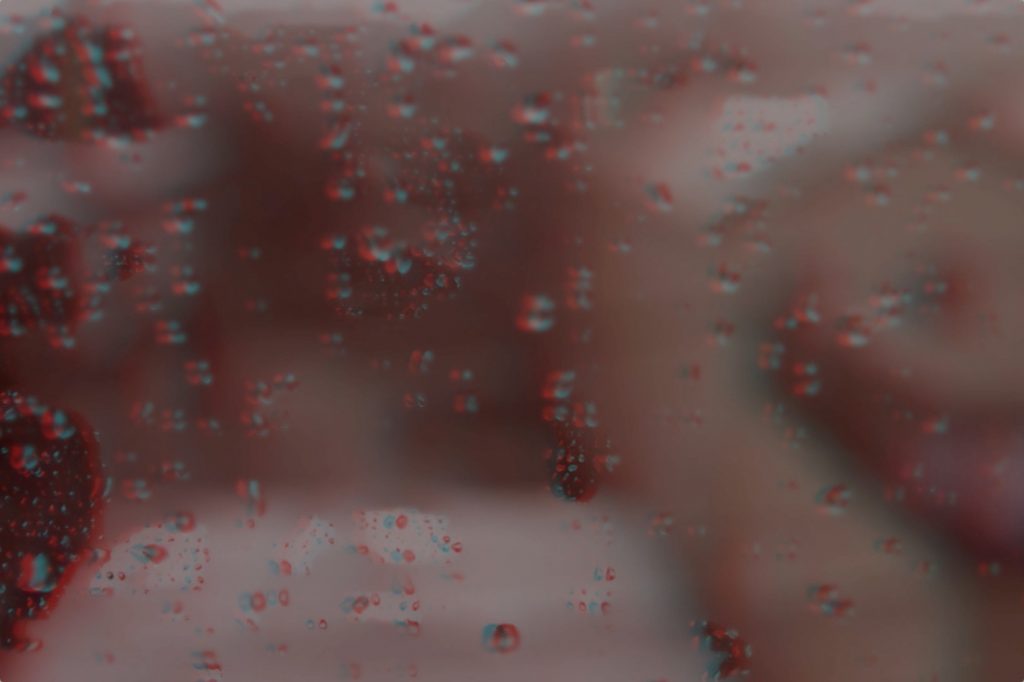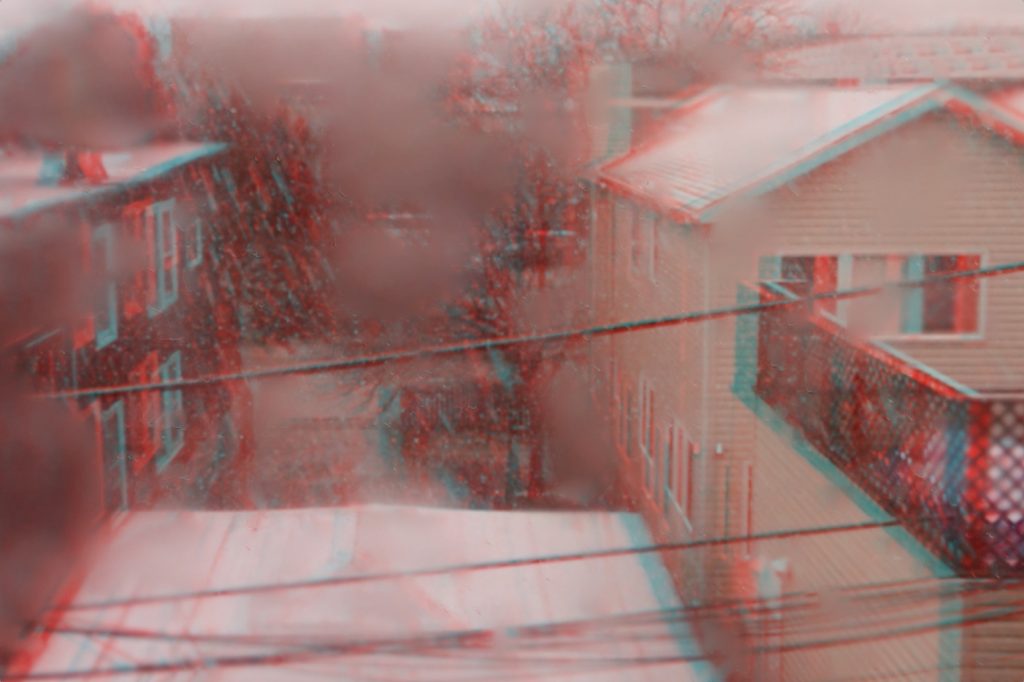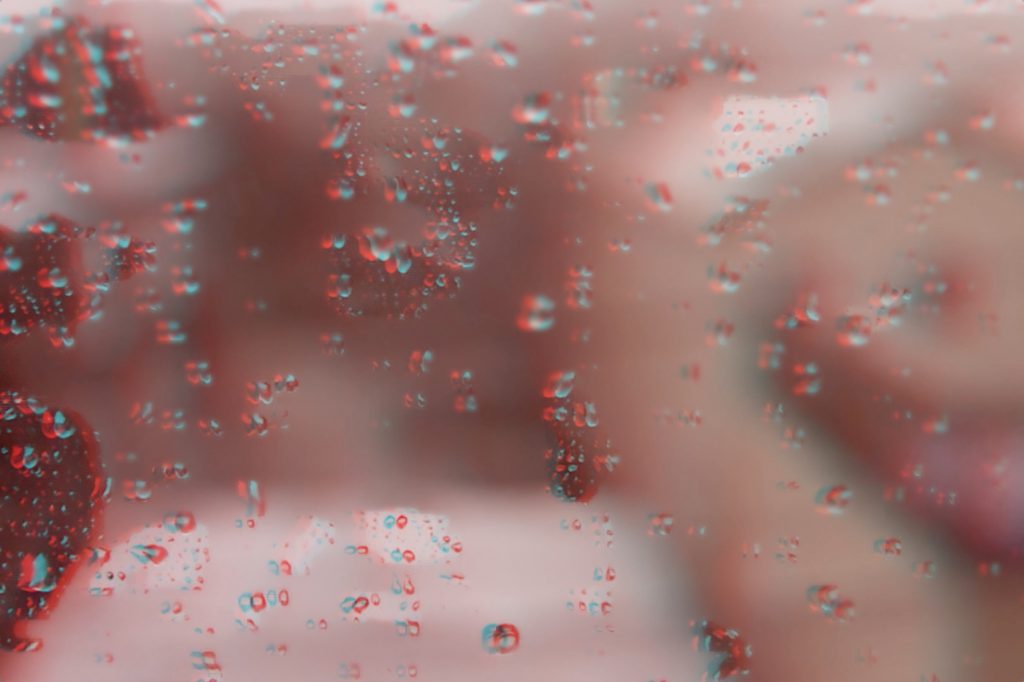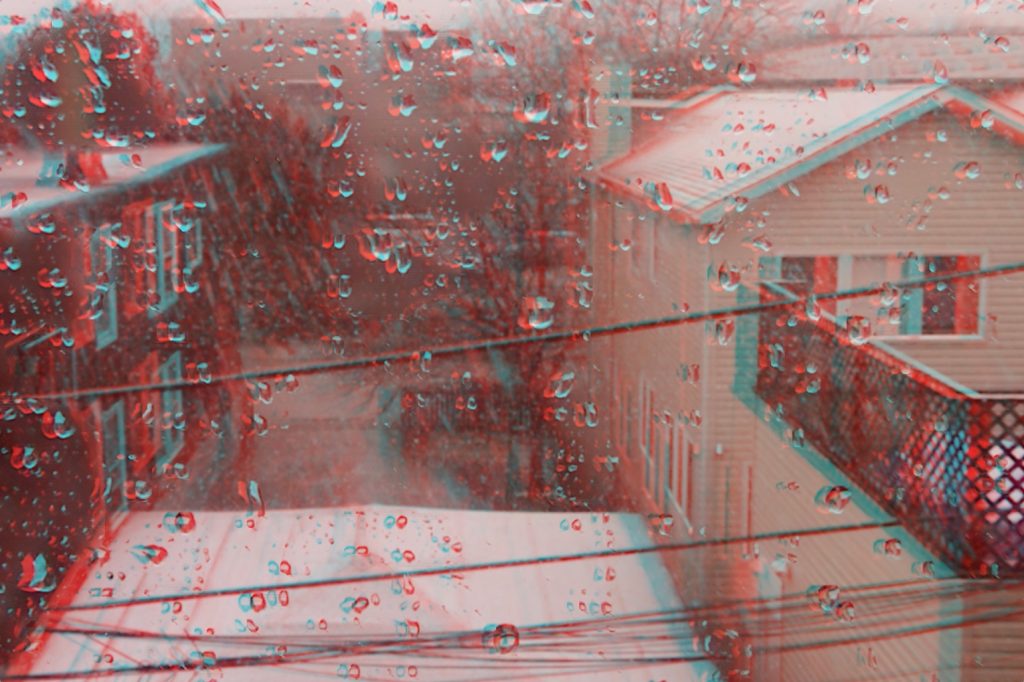Re-Imag(in)ing Science
Jeffrey A. Wolin & Zach Norman,
plenoptic (light field) photography, anaglyphic video, dye sublimation & 3D prints
Andrew Lumsdaine & Georgi Chunev
camera and software engineering
Norbert Herber
wave terrain synthesis, ambisonic diffusion, harmonic system design
“Re-Imag(in)ing Science contains collaborative projects by fifteen teams of researchers in the arts and sciences. The exhibition, based at Indiana University Bloomington, contains a variety of projects by artists and scientists that illustrate scientific principles, develop ways to understand science differently, and potentially may create new science as the outcome. Collaborations will feature the work of researchers in the visual and sound arts, design, sciences and social sciences, with ambitious works that include large scale sculptural objects, photographs, installations, video works, interactive environments, microscopy images, and sound works.”




Our installation highlights the artistic potential of plenoptics. The availability of new plenoptic cameras (based on Lumsdaine’s research), 3-D printers, and software that can spatialize sound in 360º allowed our team to create new images, objects, and sonic landscapes pushing forward the fields of plenoptics and fine art photography.
My contribution to this collaboration is a generative composition based upon three primary tools and techniques:
- Wave Terrain Synthesis using the depth maps of Wolin and Norman’s photographs
- High Order Ambisonics over an 8.1-speaker array using the HoaLibrary by Julien Colafrancesco, Pierre Guillot, and Eliott Paris of CICM, the research center of music and computer science at Paris 8 University
- Just Intonation and a pitch set that emphasizes prime-numbered intervals and harmonics
This recording is a binaural rendition of the music generated in real-time—headphones required!
The plenoptic image places viewers at the edge of a visual field and allows them to traverse its depth. Similarly, this music is meant to envelop listeners in planes of sound. While their listening attention reaches outward, the musical affect is like a centripetal force, anchoring them to the axis of rotation.
This installation is on exhibit at the Grunwald Gallery of Art Indiana University, Bloomington (14 October–16 November, 2016)
